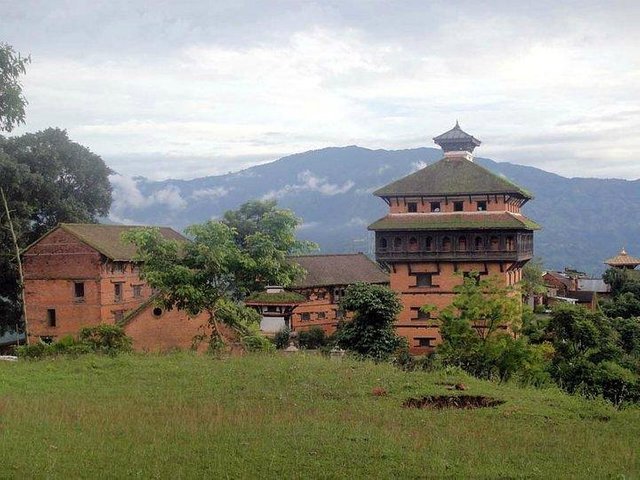Nuwakot darbar area
The Nuwakot Durbar area, located about 75 km northwest of Kathmandu, Nepal, is a historically significant site that reflects Nepal's rich cultural and architectural heritage. The centerpiece of the area is the Nuwakot Durbar, a seven-story palace built by King Prithvi Narayan Shah in the 18th century. It played a key role in his unification campaign of Nepal, as Nuwakot was a strategic fortification between the Kathmandu Valley and the Trishuli River.
The Durbar is an excellent example of traditional Nepali architecture, blending elements of Malla and Shah era designs. It has been well-preserved and restored over time, making it a popular tourist destination. The surrounding area offers breathtaking views of the nearby mountains and valleys, providing a serene backdrop to the historic site.
Adjacent to the Nuwakot Durbar are other significant structures, including the Bhairab Temple, dedicated to Lord Bhairab, a fierce form of Lord Shiva. This temple holds religious significance and is the center of various local festivals and rituals.
In addition to its historical and cultural appeal, Nuwakot Durbar is a gateway to rural Nepali life. The area is surrounded by quaint villages, terraced farmlands, and rolling hills, offering visitors an opportunity to experience the traditional lifestyle and hospitality of the local people.
Nuwakot Durbar remains a symbol of Nepal’s resilience, history, and its royal past, and is often visited by those interested in the country’s heritage and natural beauty.
